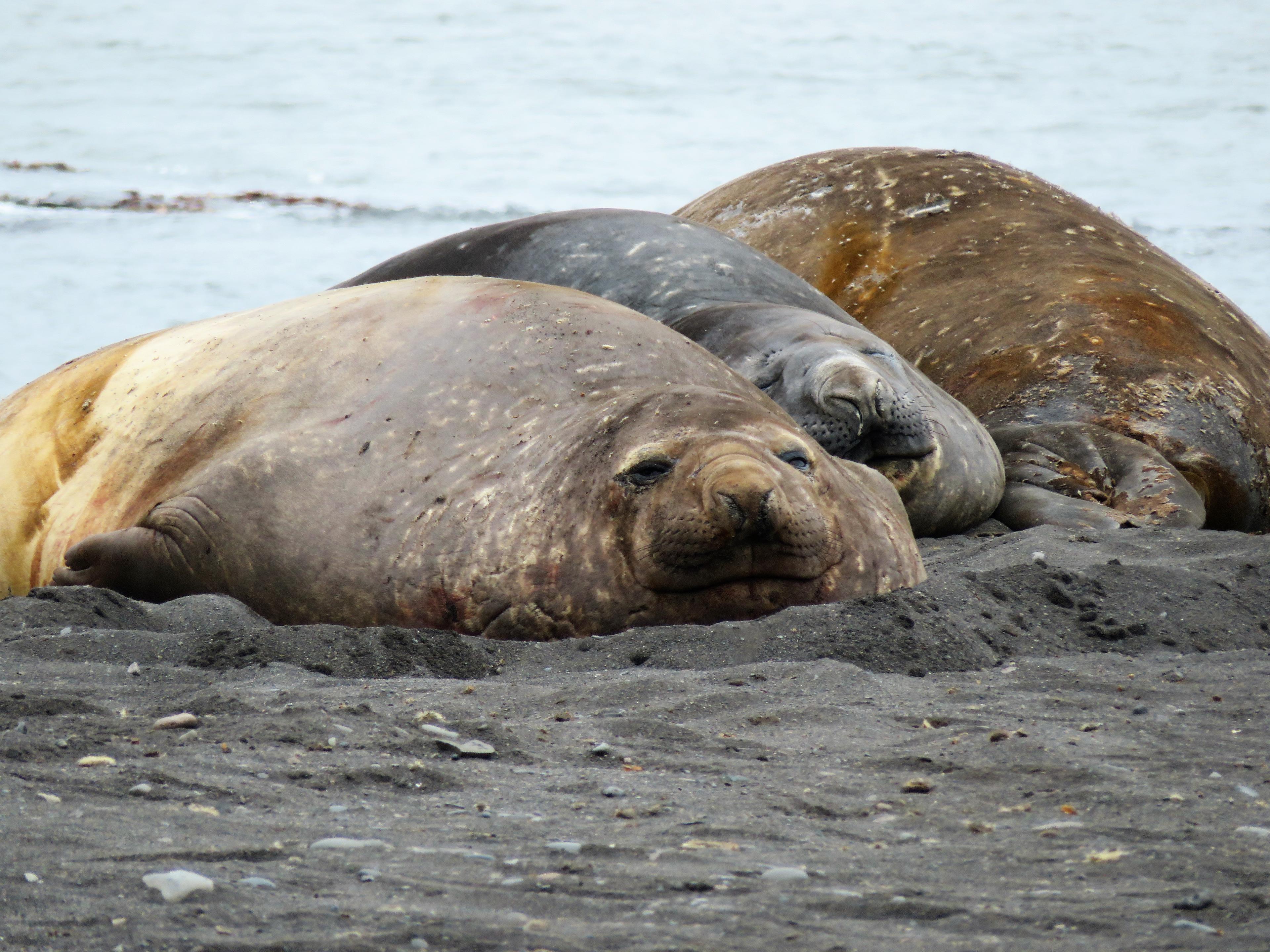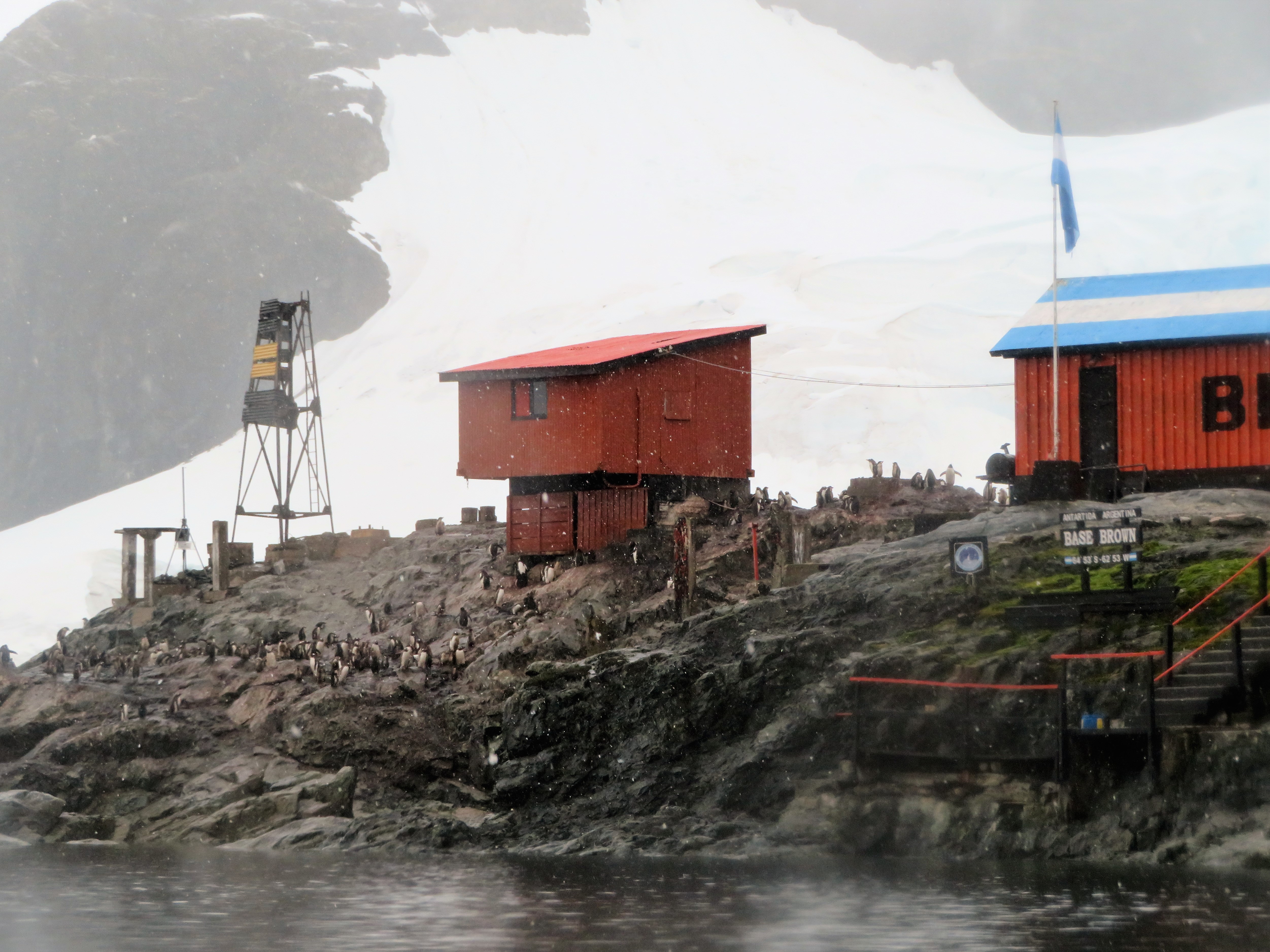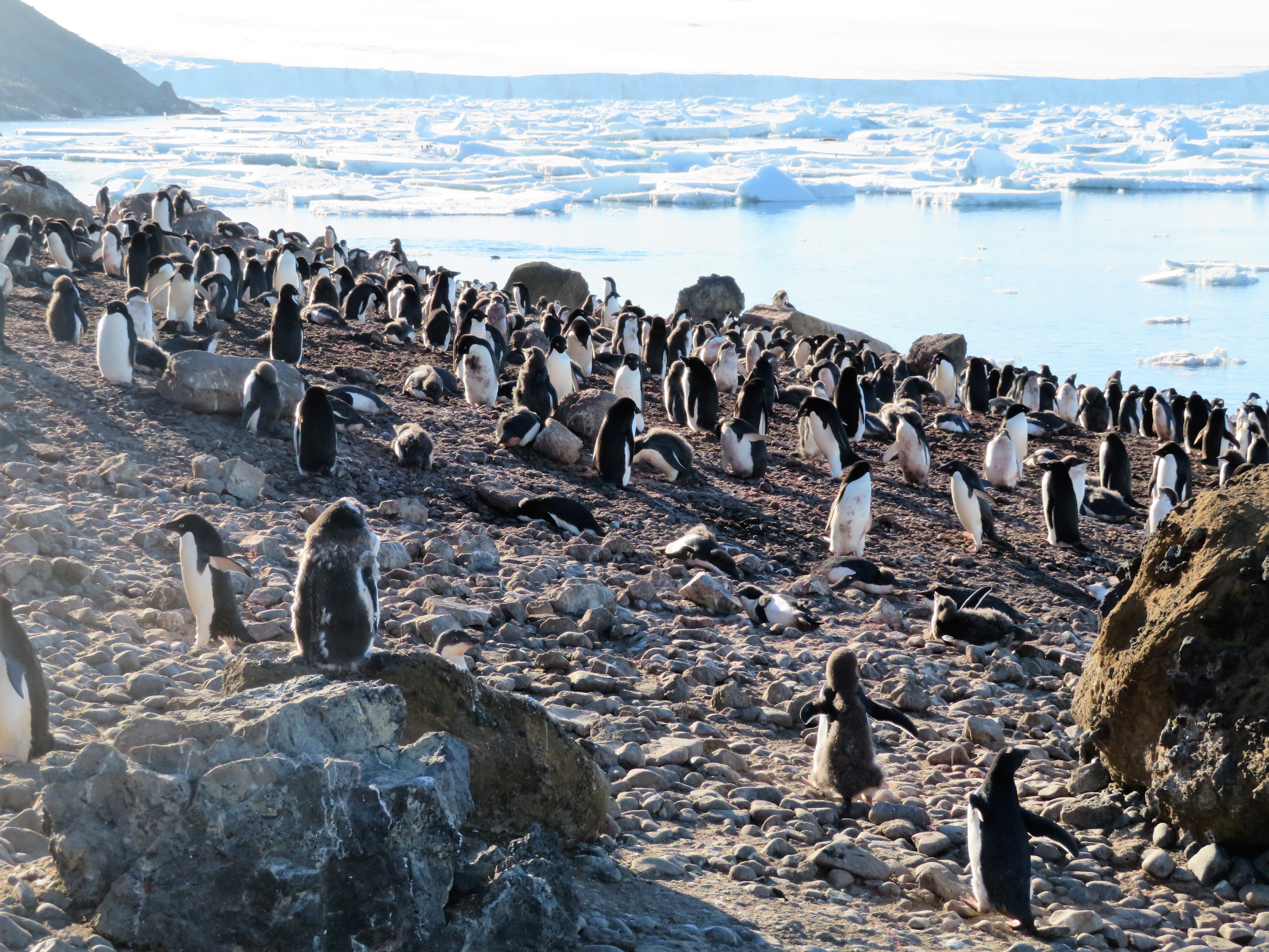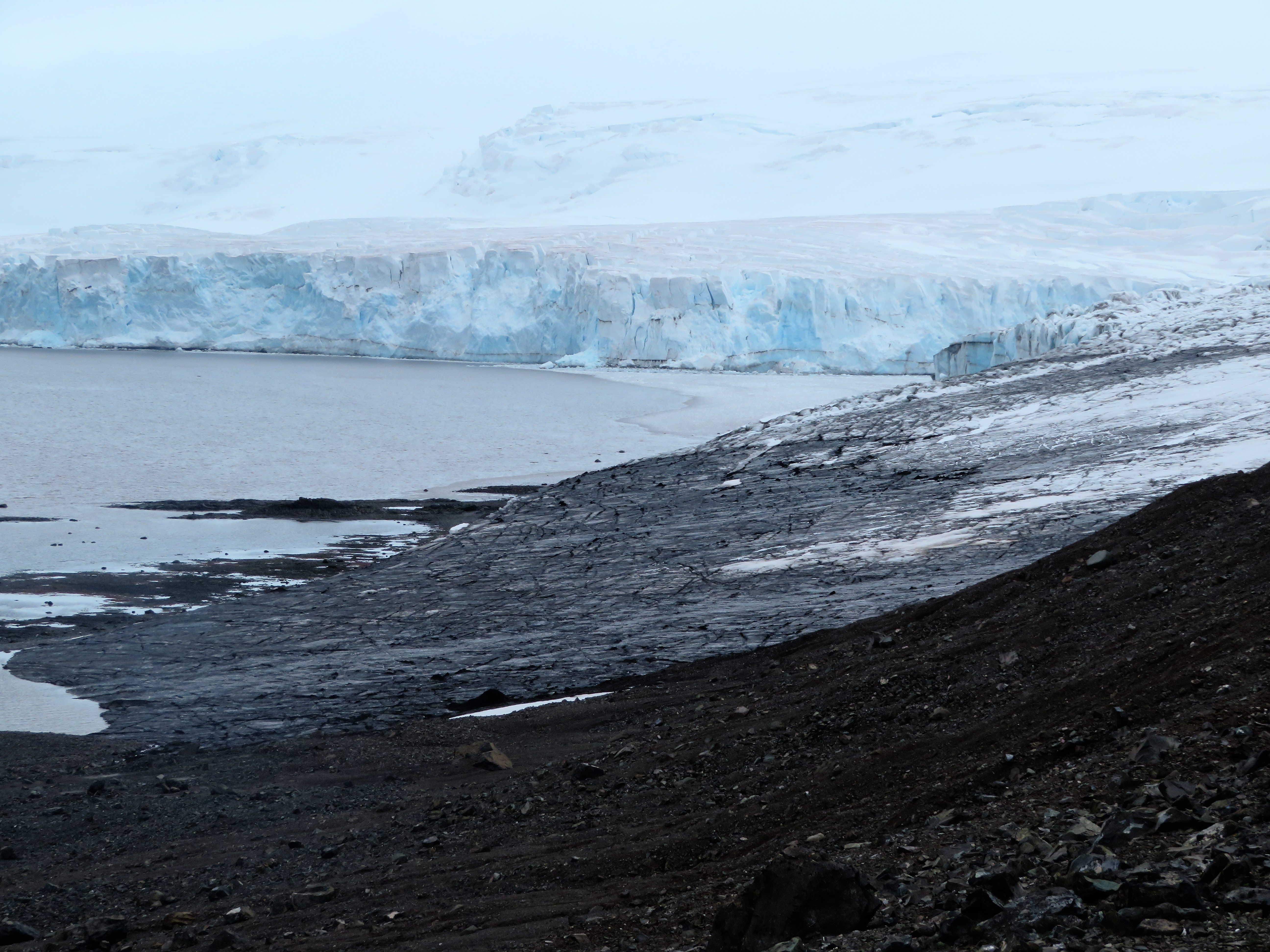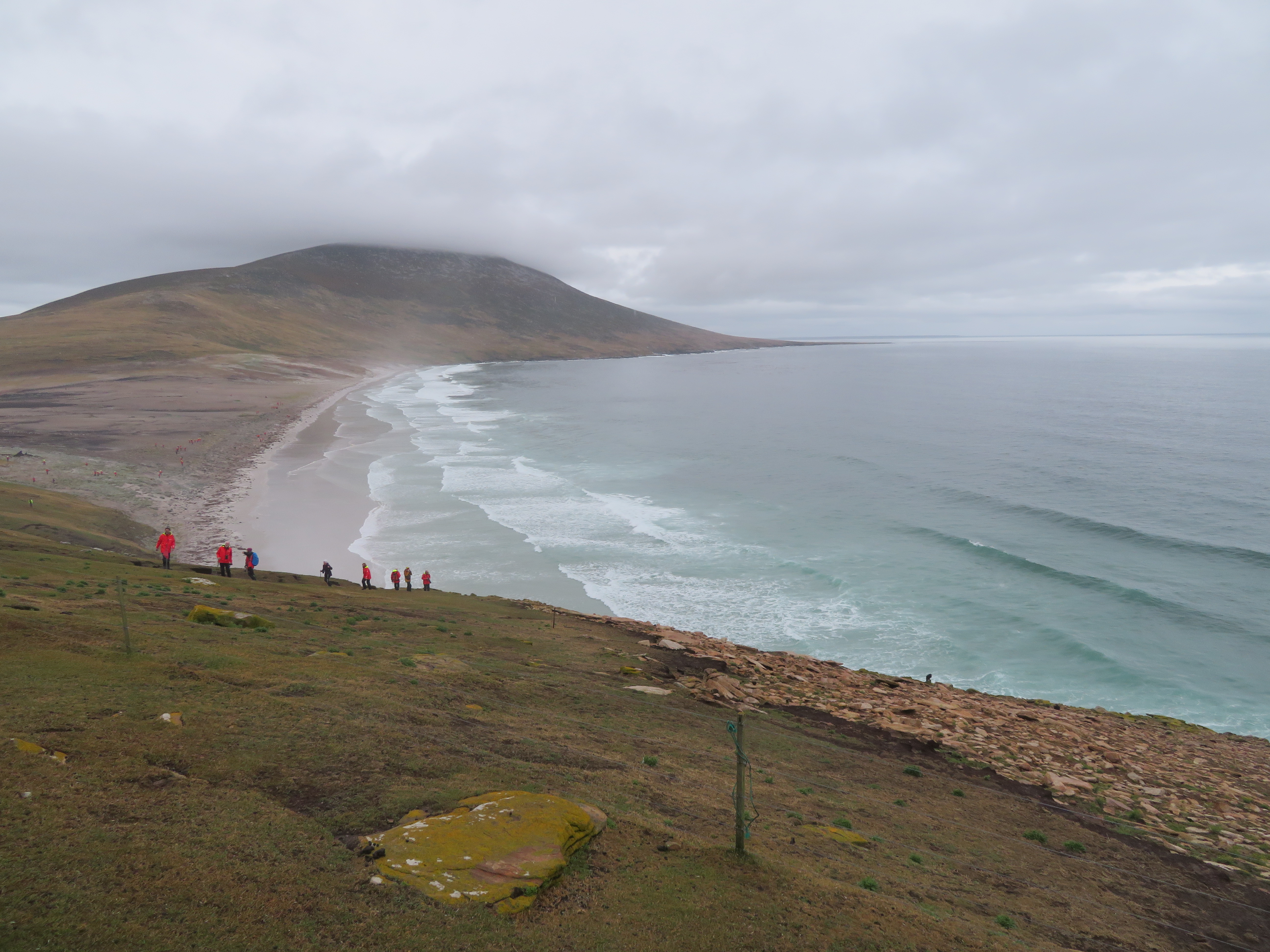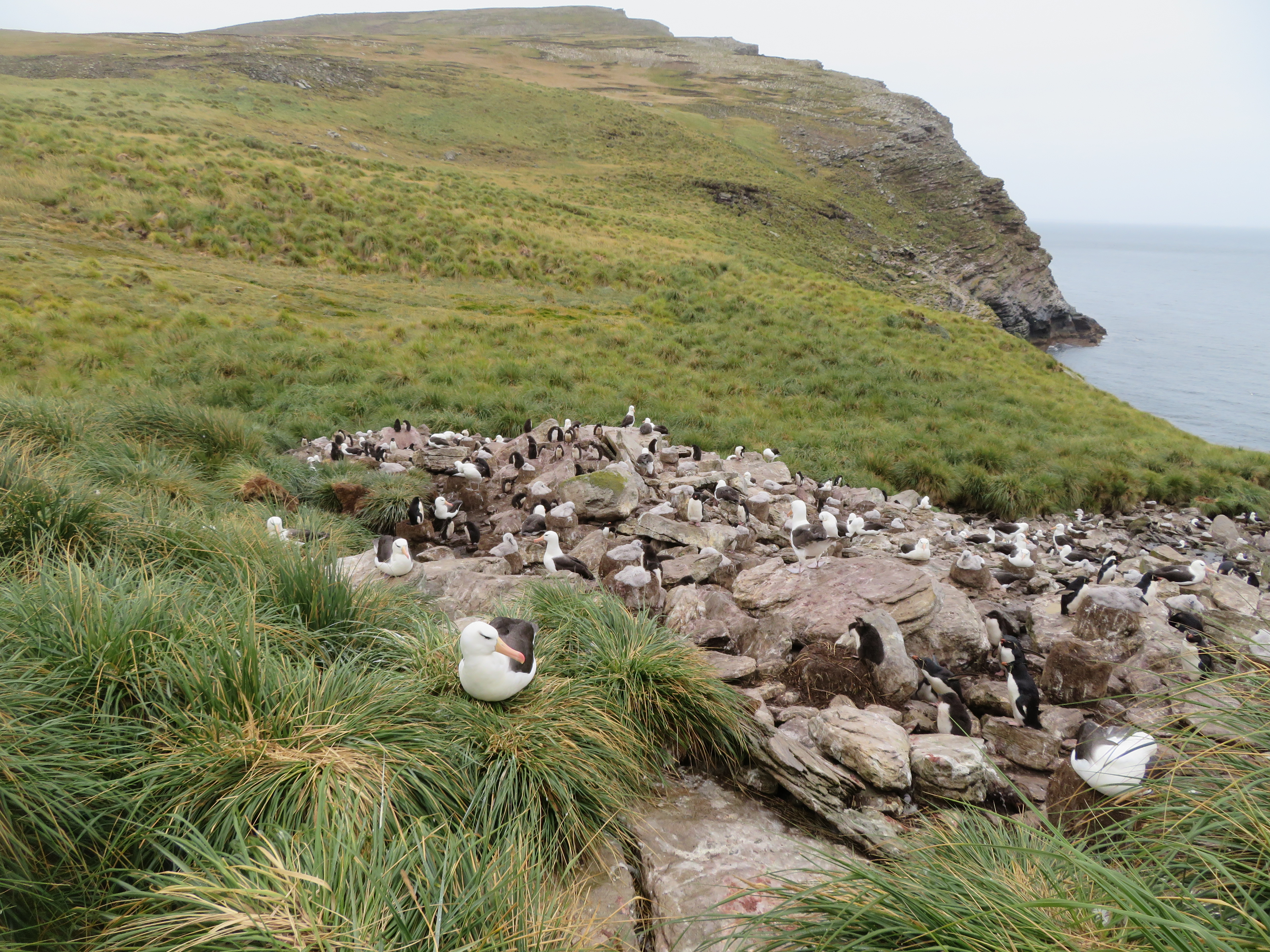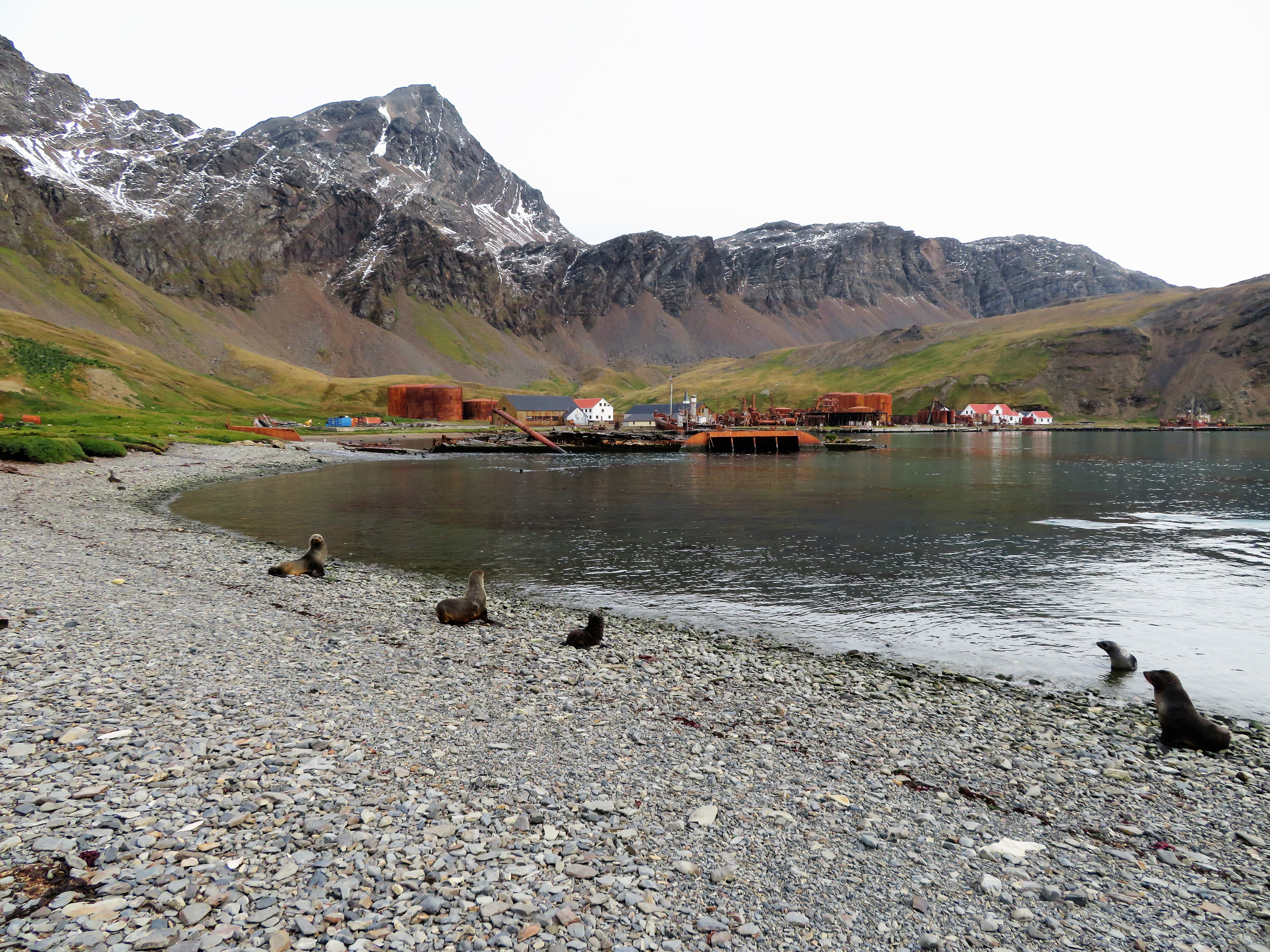With its vast expanses of raw white landscape, jagged and cathedral-sized icebergs, and rugged waters, Antarctica is a singular experience. It is nature at its most authentic and awe-inspiring at every turn. Your journey there follows the wake of the intrepid explorers who came before you. Now’s your chance to see what they saw and to step foot on the same landing sites they did. Here’s an overview of some of these possible landings on your own Antarctic expedition.
Deception Island, South Shetlands
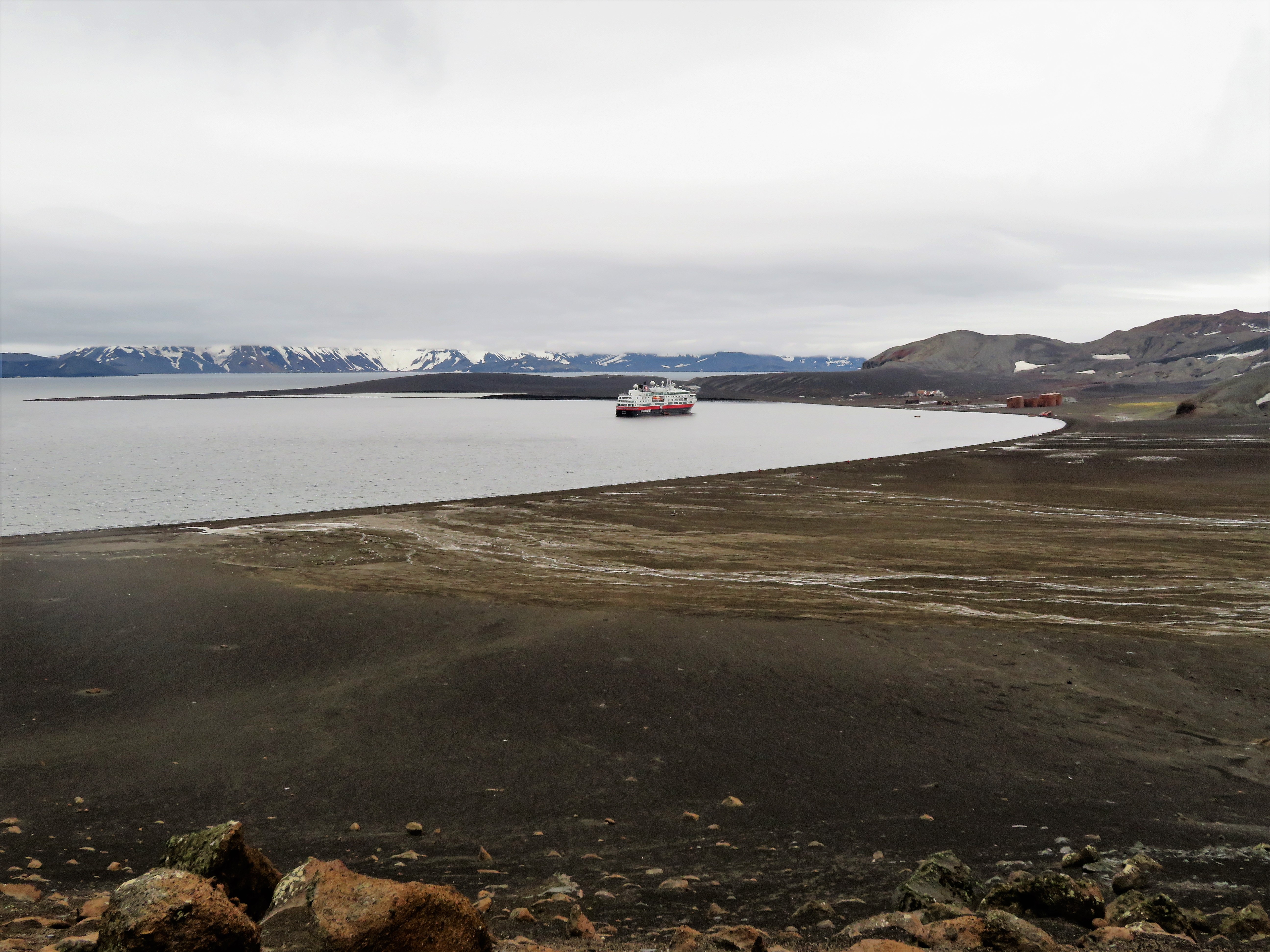
Photo by Susan Tuckey, Penguins2PolarBears, January 2019 - Deception Island
This distinctively shaped volcanic caldera has a navigable opening into its interior. Sail into the flooded Whalers Bay, where you’ll find Hekro, an abandoned whaling station, and the ruins of a British base.
Half Moon Island, South Shetlands
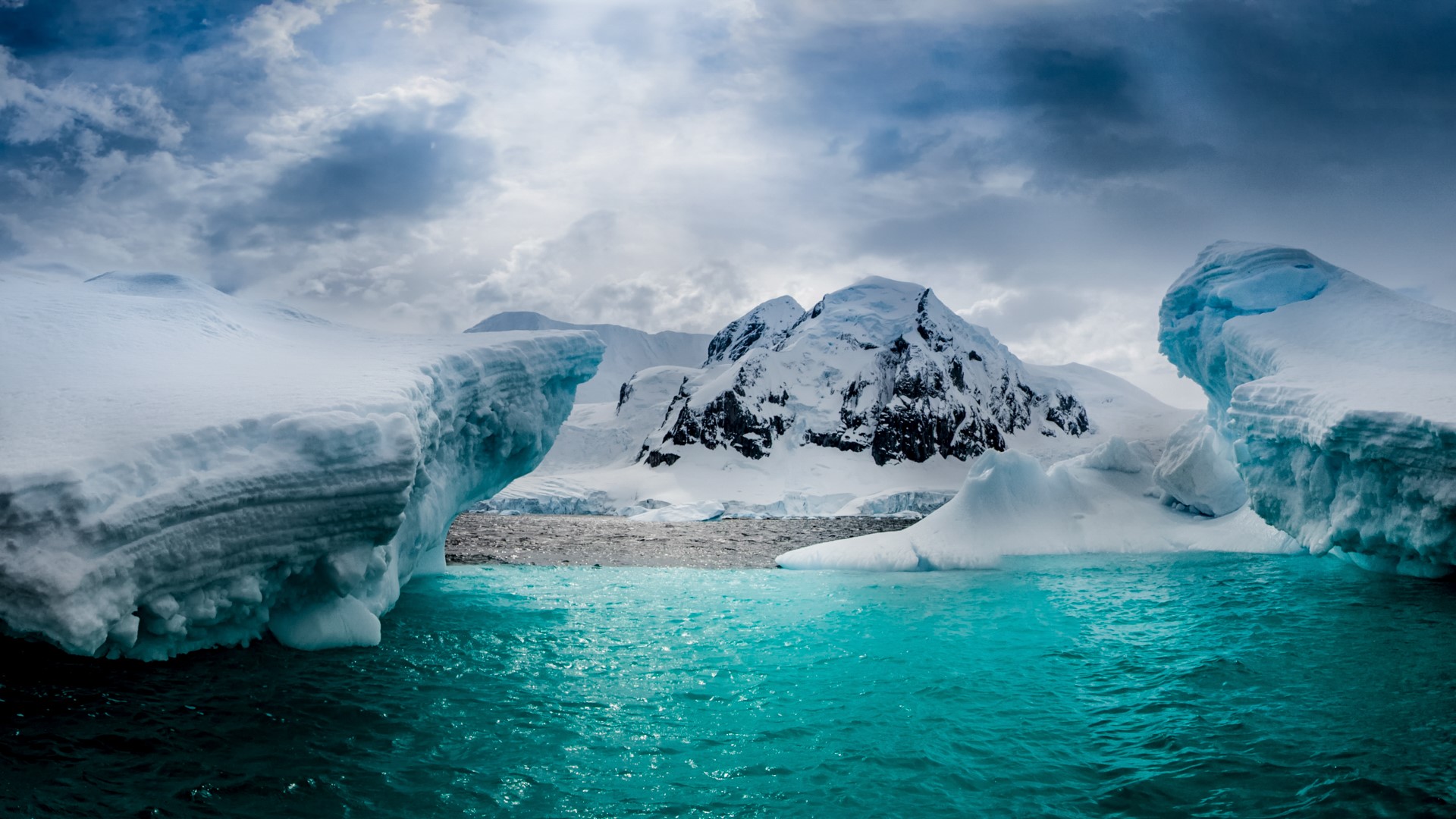
https://windows10spotlight.com/ - Half Moon Island in South Shetland Islands, Antarctica
Have the camera at the ready (as if we needed to tell you that!) for this jaw-droppingly scenic island treasure. Look for chinstrap penguins amidst the jagged, creviced cliffs, and their neighbors - Antarctic terns, kelp gulls, snowy sheathbills, Wilson’s storm petrels and countless seals.
Yankee Harbour, South Shetland Islands
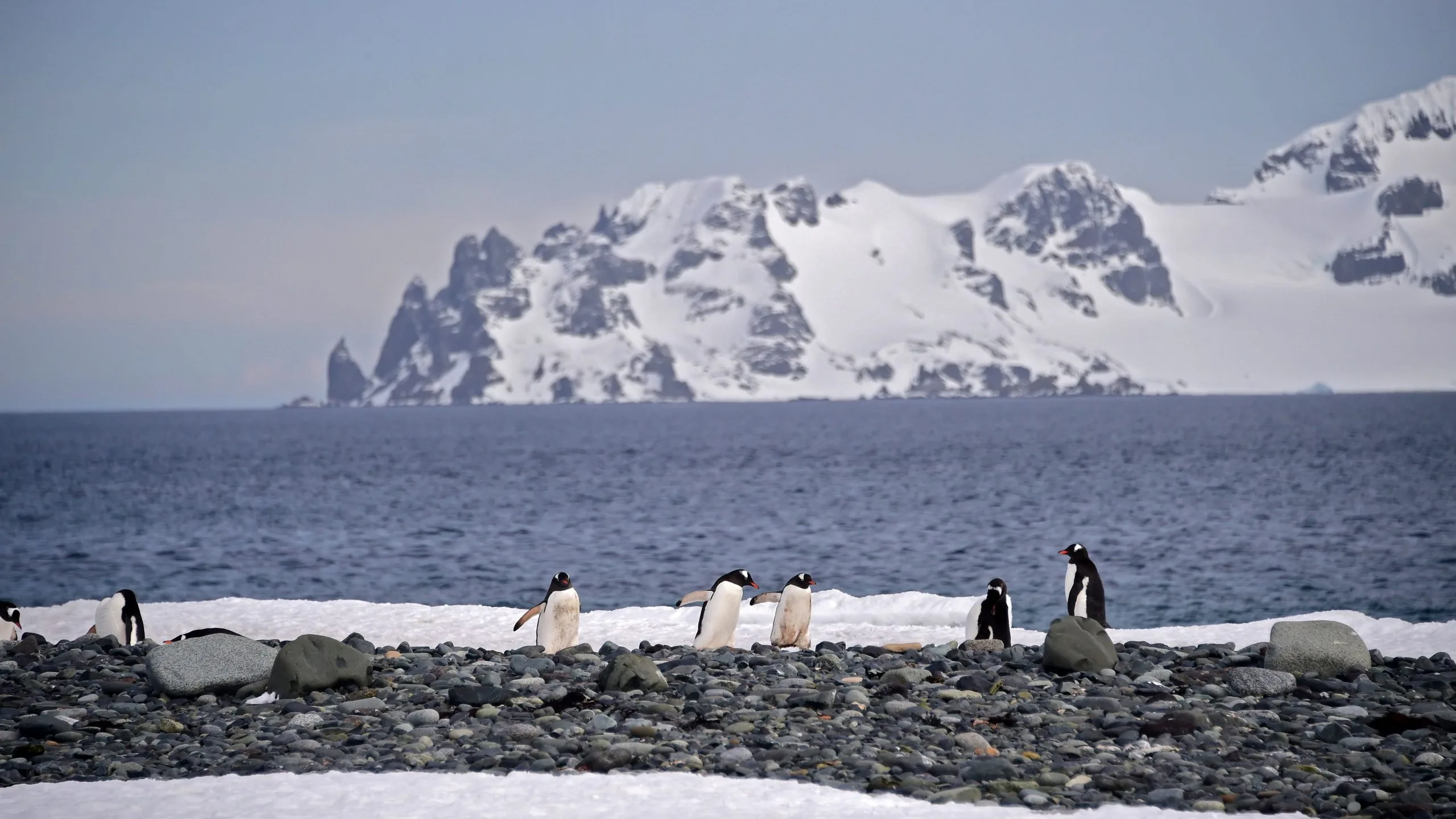
Gentoo penguins are seen at the Yankee Harbour in the South Shetland Islands, Antarctica, on Nov. 6, 2019. (Credit: Johan Ordonez / AFP / Getty Images)
Once a main sealing base on Greenwich Island, the harbor was able to provide sailors a haven from the harsh weather of Antarctica. The best part: the huge colony of Gentoo penguins that lives here now, with about 4,000 breeding pairs.
Cuverville Island
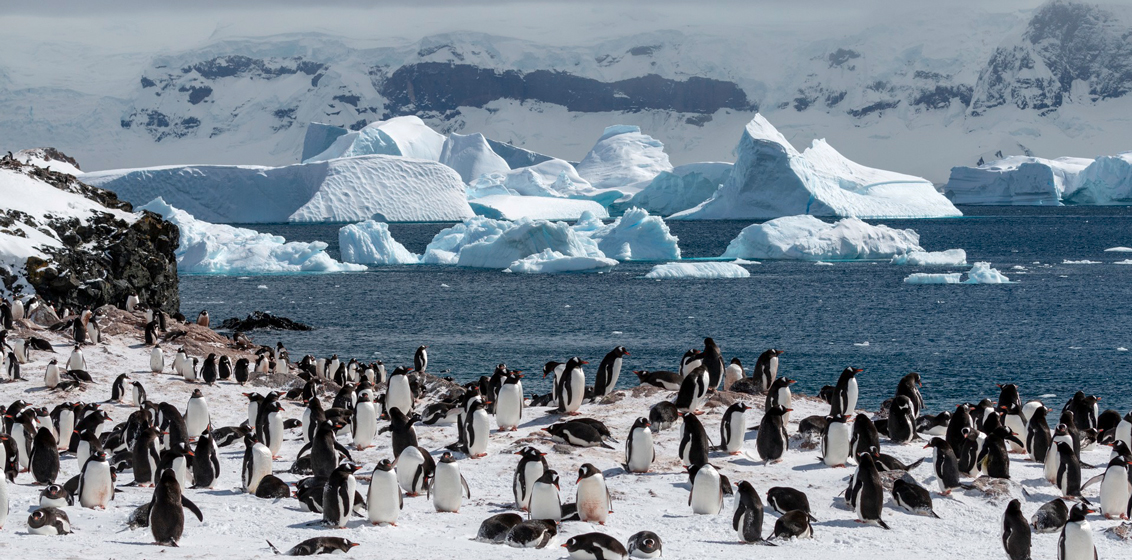
Copyright: © Andrea Klaussner 2019 / Hurtigruten
Another island, more Gentoo penguins. This time, you’ll be at Cuverville, in the heart of the Errera Channel. The colony is the largest known of the species. Watch for the waddling cuties from the observation deck of your boat or walk amongst them on the rocky beaches.
Gourdin Island
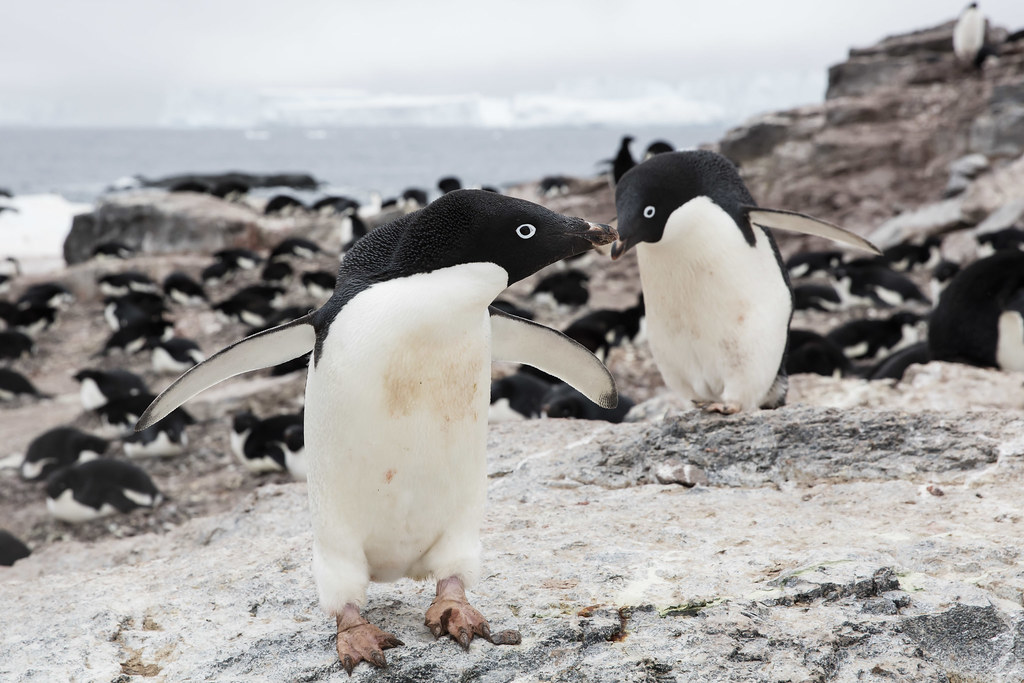
Adelie penguins on Gourdin Island - Image by Howard Plowright - Flickr - Copyright John Barkla
This special island is home to thousands of Adelies, chinstraps and gentoo penguins. It’s a true privilege to land here, in a location that has the potential for ice and is fully exposed to the mighty seas. The three species that live here use the island as a homebase during their summer breeding season, as well as hunting grounds for krill, fish and squid.
Neko Harbour
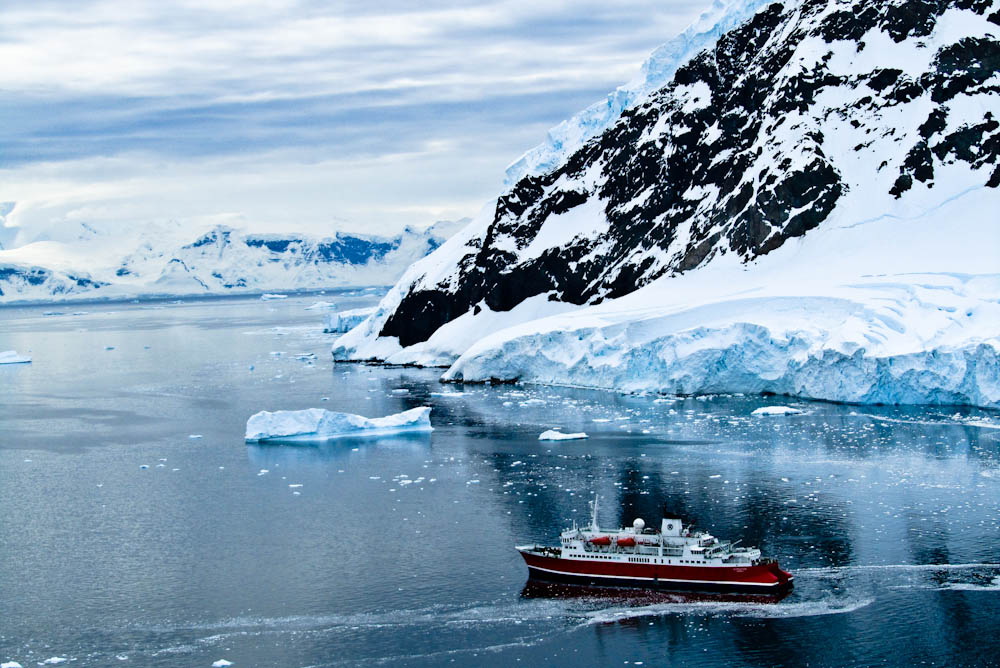
Neko Harbour onboard G Adventures G Expedition
More Gentoo penguins! Trust us, you’ll never get your fill. This harbour in Andvord Bay is named after a whaling ship from the early 1900s and allows for the rare chance to land on the Antarctic mainland.
Port Lockroy
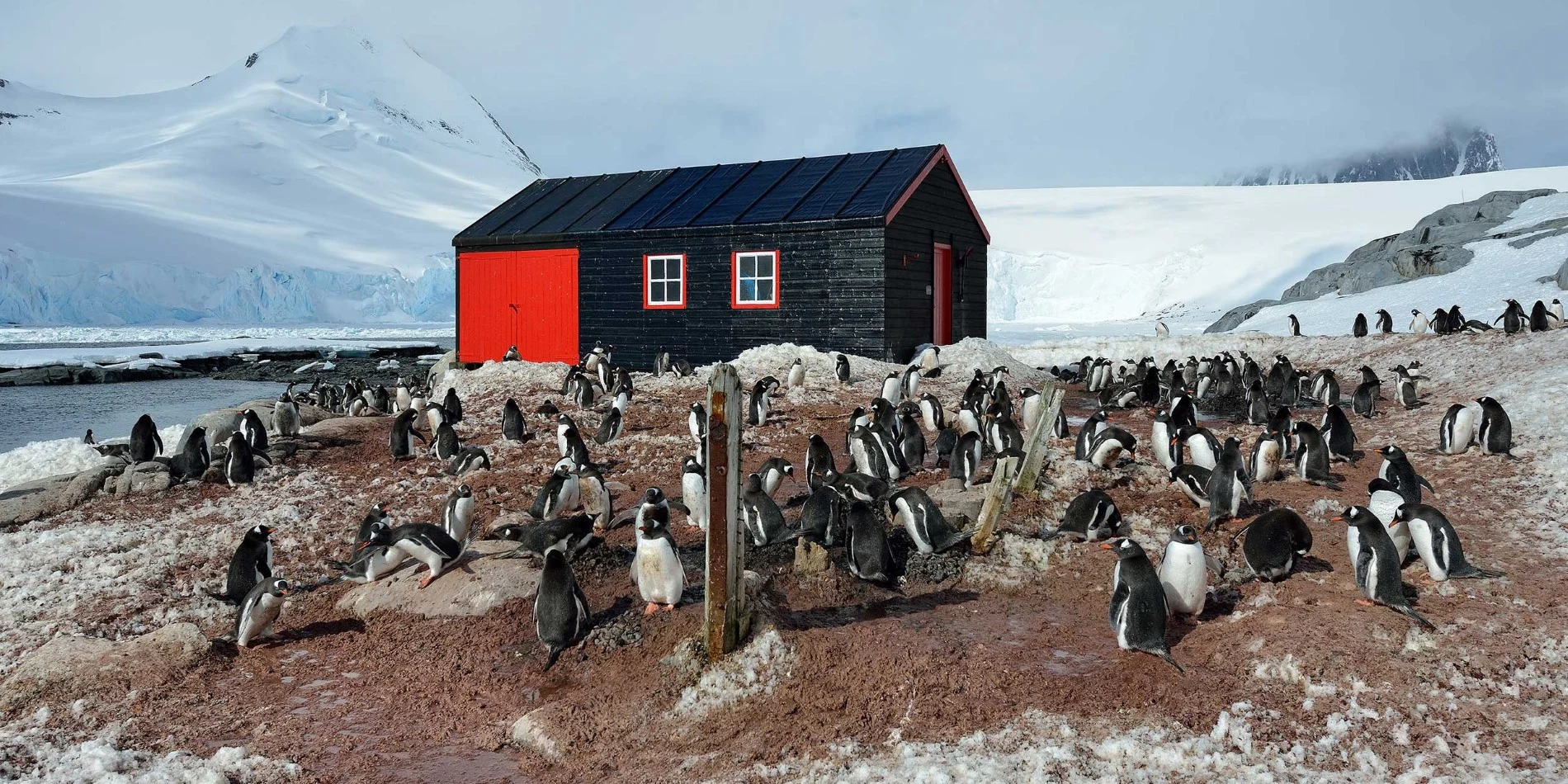
Port Lockroy - Hurtigruten
Send a postcard home from the Penguin Post Office at Port Lockroy! Of course, there are more gentoo penguins to gawk at. Check out the museum to learn more about this British base that operated from 1941 until 1962, when it was abandoned. It resurfaced for a second life in 1966 when the Antarctic Heritage Trust opened the museum.
Paradise Bay
Photo by Susan Tuckey, Penguins2PolarBears, January 2019 - Almirante Brown Argentine Base
Another spot where you may be fortunate enough to land on the Antarctic mainland, Paradise Bay is well protected from the winds of the Gerlache Strait. If you’re lucky enough to step ashore, you’ll be treated to fantastic peninsula vistas and see the Argentine base Almirante Brown and the Chilean base Gonzalez Videla.
Petermann Island
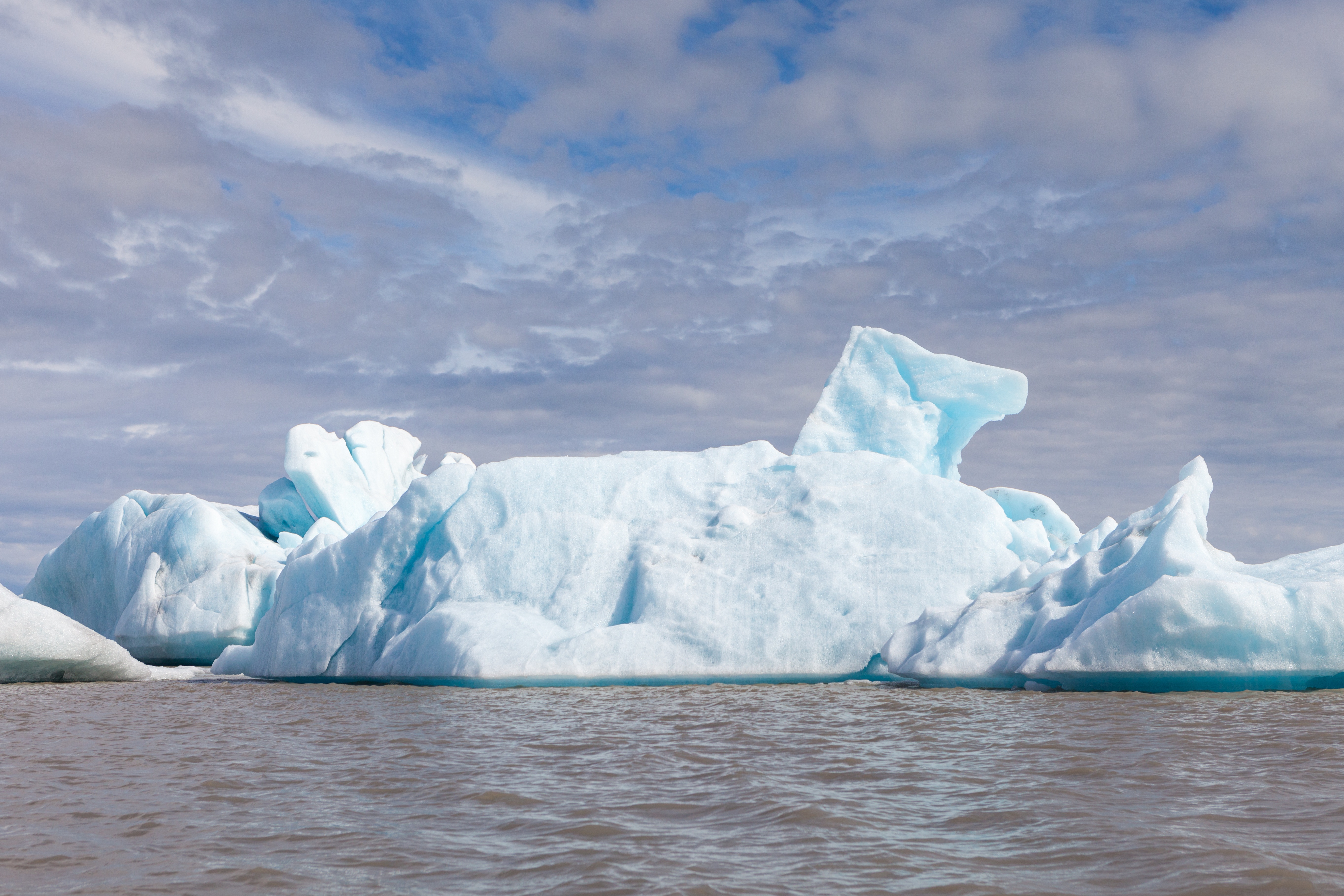
Petermann Island in the Penola Strait offers incredible opportunities for iceberg- and whale-spotting, and allows you to see across the channel to the peninsula.
Brown Bluff
Photo by Susan Tuckey, Penguins2PolarBears, January 2019 - Brown Buff
At the tip of the Antarctic Peninsula, on the coast of the Antarctic Sound, the ominous Brown Bluff is so named for its massive, 745-meter-high, rust-colored bluff. Look for lava rocks on the beach, as well as Adelie and gentoo penguins, kelp gulls, cape petrels and Weddell seals.
And More
There’s a very real chance that you stop in the South Shetland and South Orkney Islands on your way to and from Antarctica (some of which are mentioned above). The South Shetlands like about 100 kilometers north of the Antarctic Peninsula. The South Orkneys are about 600 kilometers northeast of the Peninsula and are rather inhospitable - they get snow approximately 280 days a year.
Photo by Susan Tuckey, Penguins2PolarBears, January 2019 - Hannah Point, South Shetland Islands
The Falkland Islands include 778 islands 483 kilometers off the Argentinian coast. If you’re a birder, look for Antarctica cruises that stop here - the birdwatching is fantastic, with 63 breeding species and 23 annual migrant to add to your life list. Try not to miss West Point Island and its Important Bird Area. You can also visit historic Port Stanley or steop on the white-sand beaches of Saunders Island.
Photo by Susan Tuckey, Penguins2PolarBears, January 2019 - Saunders Island, Falkland Islands
Photo by Susan Tuckey, Penguins2PolarBears, January 2019 - Albatross - West Point Island, Falkland Islands
Finally, South Georgia is one of the most popular of all polar region stops. It is the final resting place of Sir Ernest Shackleton, was an important seal and whale hunting outpost and is known as the “Galapagos of the Antarctic,” thanks to its massive numbers of penguins, birds, Southern Elephant seals and more.
Photo by Susan Tuckey, Penguins2PolarBears, January 2019 - Grytviken - Shackleton's Final Resting Place - South Georgia Islands
Intrigued? Let’s chat. Please sign up for my weekly small ship inspirational newsletter if you haven't already.

